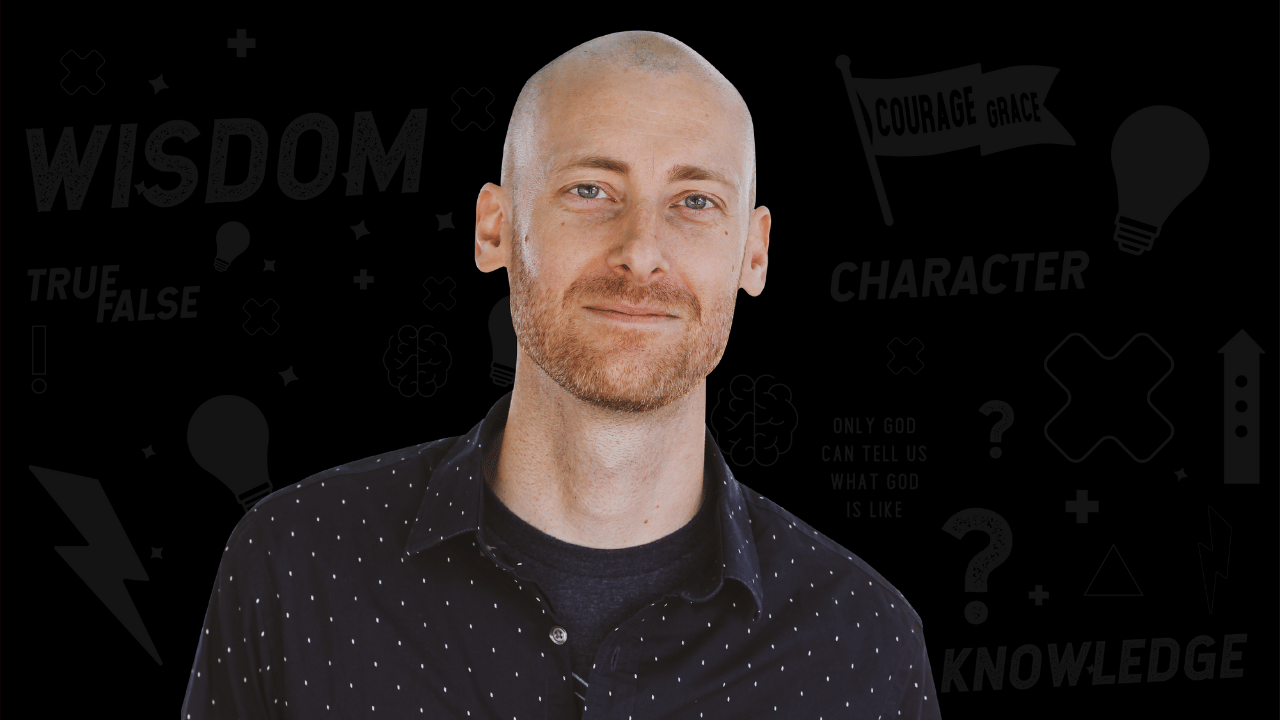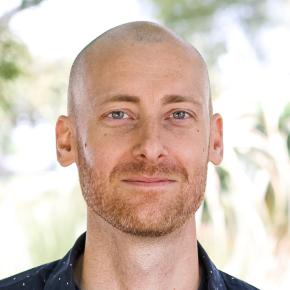Tim Barnett encourages believers to find opportunities for youth to engage in critical thinking and interact with other worldviews.
Transcript
So, we have T—we’re going to test our students. Why? To expose their weaknesses and motivate them. We’re going to R—require more from our students. Set the bar higher. We’re going to A—arm them with the truth. Teach them to defend it. That means we’re going to have to do a little bit of work on our end. You don’t have to know everything. I don’t claim to know everything, but I want to know some of the guys who know a whole lot and go to them when I need to.
Now, this is what turns teaching into training. I—involve them in the battlefield of ideas.
Think about the difference between a fighter who has a fight scheduled and a fighter who doesn’t. If there’s no fight scheduled, then there is no reason to go to the gym. If you never had a fight scheduled, there would never be a point to working out and training. Likewise, if Christians are assuming they’re always going to be in the safety of their church or the safety of their Christian school, completely isolated, they’ll never think of training. That’s why we need to start putting dates on the calendar. We need to start setting up this involvement in the battlefield of ideas.
Imagine this. You like football. Imagine you’re in the classroom, and you’re drawing up plays because you need to talk about who’s going to be where and how we’re going to run this play. Now, if you are never going to have to compete on the field, how long do you think those students—those football players—are going to care about what you’re drawing up on the chalkboard? You’re going to lose interest pretty quick! But as soon as you say, “Hey. On Friday night, we’re going to be out there. It’s time to get ready.” That changes things mentally. That totally changes things. And so, that’s what we do. Here’s one of the ways that we do it. We take students to the University of Berkeley.
For years, Stand to Reason would take students to Berkeley, which, by the way, is not a seminary. Then we would go to Utah. We would go to BYU. One was an apologetic mission and one was a theological mission. When we went to Berkeley, the students got to train up, and there was about 12 weeks of training that they went through, and they had to pass a test—and not just pass. If you didn’t get 80 percent or higher, they couldn’t come, because we knew they were going to be in this battlefield of ideas. They needed to be ready.
So, we invited people. There’s an atheist friend. He’s up in front of our students, and he’s sharing about atheism, and it is awesome to watch a 14- or 15-year-old student go toe-to-toe with the atheist in a gracious way, but challenge him with questions. We say, “Here’s an hour. You can talk to our kids.” But then the atheist leaves, and we debrief.
So, some of the leaders are there, and then, in the afternoon, we go to the university. We’re on campus doing surveys. First question: Do you believe God exists? And forget the rest of the survey, now you’re in a full-blown conversation about spiritual things with these Berkeley University students. These kids get back after a long day of doing all this stuff. We’re sleeping on the floor of a church, usually, so it’s not glamorous. Yet, these students want to start studying because they’re going to meet so-and-so the next day. They’re hungry. They’re excited to share and learn. It’s amazing.
When I was a teacher of a world religions class, how did we involve my students in the battlefield of ideas? How did we take teaching and turn it into training? We said, “Guess what. You’re going to learn about Hinduism. You’re going to learn about Buddhism. You’re going to learn about Islam and Judaism. And guess what. We’re going to those places of worship.” So, we’re going to go to the mosque and talk to the imam. We’re going to go to the Hindu temple. We’re going to go to the Buddhist temple, the Jewish synagogue, and so on. This got the students fired up. It was like they wanted to know their stuff. What do they believe, and what do we believe, and what are the differences?
What does that look like in our own homes involved in the battlefield of ideas? Maybe it starts real small at the dinner table in the safety of your own house, and you start challenging your kids or your students. I have an 11-year-old, a nine-year-old, and my youngest just turned seven. What happens is, I have these glasses that I put on. My kids know, when I put those glasses on, that’s Atheist Daddy. That’s not Christian Daddy anymore. (Actually, this is a problem because my daughters used to think that everyone who wore glasses was an atheist. So, we had to deal with that.) So, even with my six-year-old.
“So, honey, why do you believe in God?”
“Well, Daddy, you believe in God.”
“No, this is Atheist Daddy. He doesn’t believe in God. Why do you believe in God?”
And it’s like one of these things where, man, when I get my six-year-old to say, “Well, what do you think created the world?” Oh, now we’re on to something. And now my daughter is using her critical thinking faculties, and all of a sudden, she gets to “Creation needs a Creator.” I’m like, “Bingo!” See, now you’re starting to get it. Now I’m training you up. You’re having to own your own beliefs and understand your own beliefs. You’re not just going to ride Daddy’s beliefs forever. You have to have your own faith. And so, that’s one of the things that we could be doing there.
You may want to get together with your family and other families and go talk to people who don’t share your beliefs. Maybe we’re going to go visit the local mosque and have a talk with them and find out what they believe. These kinds of events that get us seriously out of our comfort zone can be really helpful in getting us to engage. When those Jehovah’s Witnesses knock on my door, I’m not turning them away, and I get my kids to sit down and watch. I have spent probably a hundred hours with Jehovah’s Witnesses in my area. We became friends.
- How to TRAIN Youth: Know the Difference Between Teaching and Training
- How to TRAIN Youth: Test Students to Engage Interest
- How to TRAIN Youth: Require More from Students
- How to TRAIN Youth: Arm Youth with the Truth
- How to TRAIN Youth: Involve Youth in the Battlefield of Ideas

